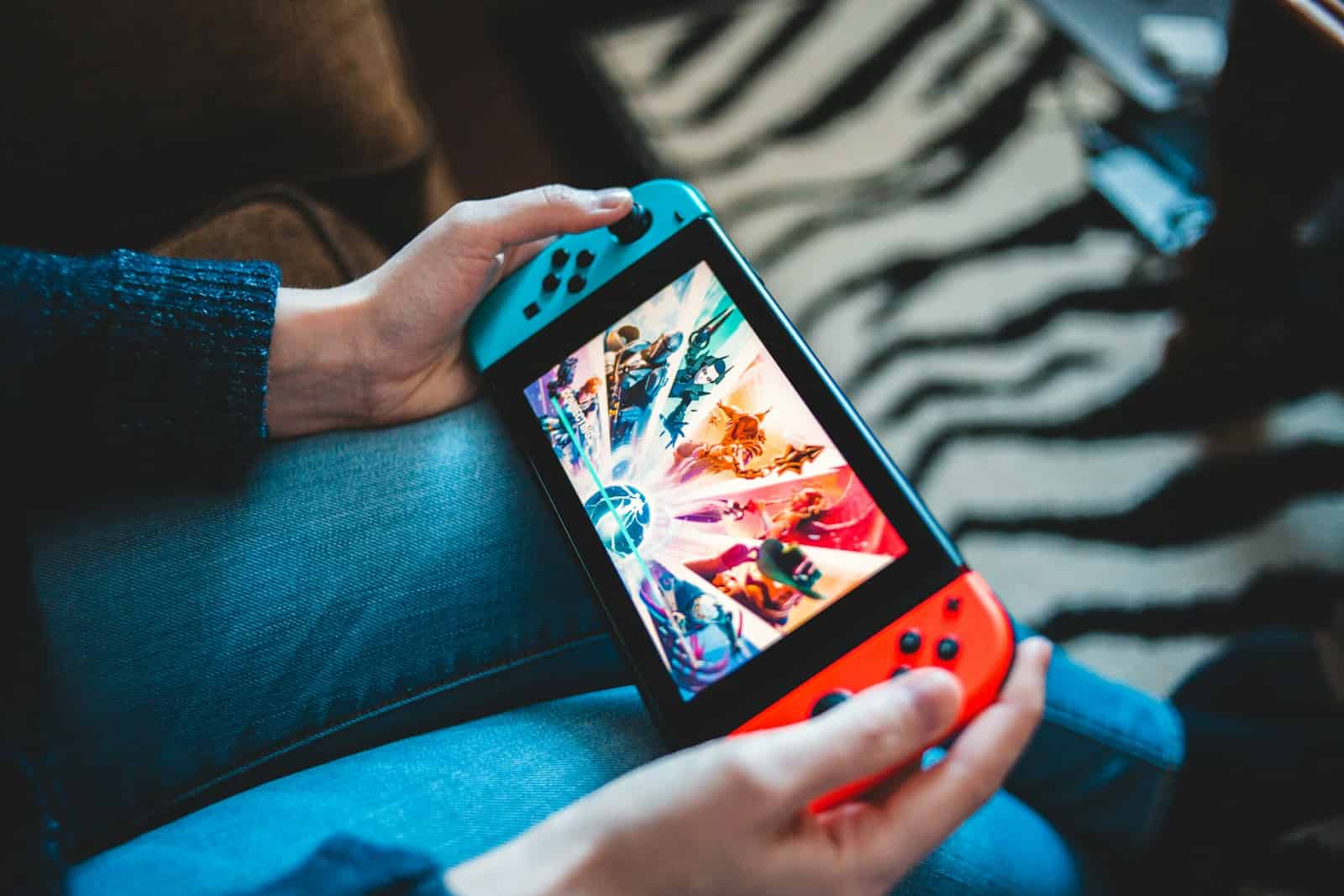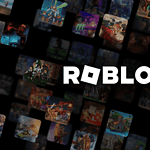The excitement is building as the launch of the Nintendo Switch 2 gets closer, promising to once again revolutionize both portable and home gaming with a range of new specifications and features. This year should have a lot of potential for gamers and Nintendo enthusiasts in particular because no matter what happens, the Switch 2 will become a reality and the new cornerstone of the portable gaming community.
With its enhanced features, improved performance, and dynamic game offerings, the Switch 2 is set to deliver an unparalleled gaming experience. Stay tuned for more details as they emerge—2025 promises to be an exciting year for gaming!
Exploring the Next Generation of Nintendo Gaming
Expected Hardware Upgrades
The current Nintendo Switch, launched in 2017, uses technology that’s starting to show its age. A new model is widely expected to bring significant hardware improvements. This means a more powerful processor, better graphics, and more memory. These changes would allow for:
- Games with better visuals and smoother performance.
- More complex and detailed game worlds.
- Faster loading times.
Rumors suggest the new Switch may support 4K resolution when docked to a TV. This would be a big jump from the current model’s 1080p output. Some leaks point to NVIDIA providing the new system-on-a-chip (SoC), possibly based on their Ada Lovelace architecture. This could bring a big boost in graphics power, similar to what we see in modern gaming PCs.
Display and Design Changes
The Switch’s screen is another area ripe for improvement. Many expect an upgrade to an OLED display. OLED screens offer better contrast, deeper blacks, and more vibrant colors than the current LCD screen. There’s also talk of a slightly larger screen size, which would enhance the handheld gaming experience.
The overall design is likely to remain similar to the current Switch, maintaining its hybrid nature. The new model may have smaller bezels around the screen, making it look more modern. The Joy-Cons might also get some tweaks for better comfort and durability.
Backwards Compatibility and Software
Backwards compatibility is a key feature many fans hope for. This would allow players to use their existing Switch game library on the new console. This is a common practice with new consoles, as it helps ease the transition for existing users.
New software features are also likely. These could include improvements to the user interface, online services, and digital store.
Potential Release Timing and Pricing
Predicting the exact release date and price is hard. But, based on industry trends and rumors, a launch as early as March 2025 seems possible. Prices could be higher than the original Switch launch price, given the expected hardware upgrades.
Comparing Current Switch Models
Here’s a quick comparison of the current Nintendo Switch models:
| Feature | Nintendo Switch (Original) | Nintendo Switch OLED | Nintendo Switch Lite |
|---|---|---|---|
| Screen | 6.2-inch LCD | 7-inch OLED | 5.5-inch LCD |
| Docked Resolution | 1080p | 1080p | N/A |
| Handheld Resolution | 720p | 720p | 720p |
| Detachable Joy-Cons | Yes | Yes | No |
| Price (approx.) | $300 | $350 | $200 |
What This Means for Gamers
A new Nintendo Switch brings exciting possibilities for gamers. More powerful hardware means better games. Improved screens and design make for a more enjoyable experience. Backwards compatibility ensures your existing game library remains valuable. While the price might be higher, the upgrades could make it a worthwhile investment for both new and existing Switch owners.
The Impact of Mobile Gaming on the Console Market
The rise of mobile gaming has significantly impacted the entire video game industry. Smartphones offer convenient and accessible gaming experiences to a vast audience. This has forced console makers like Nintendo to innovate and offer unique features to stay competitive. The Switch’s hybrid design, allowing for both handheld and docked play, is a direct response to the popularity of mobile gaming. The next generation of Switch will likely continue this trend, offering a blend of console-quality games with the portability that mobile gamers have come to expect. This also means that the new Switch will need to compete not only with other consoles, but also with the ever-improving capabilities of smartphones and tablets as gaming devices.
The Nintendo Switch has been a massive success, selling over 146 million units as of September 2024 (worldwide). It is Nintendo’s best-selling home console and the third-best-selling game console of all time, behind the PlayStation 2 and Nintendo DS. This hybrid console, capable of both handheld and docked play, has carved a unique space in the gaming market. The anticipation for its successor is high, with gamers eager to see what Nintendo has in store. The new console is expected to bring significant hardware upgrades, improved features, and a fresh gaming experience.
The Nintendo Switch’s innovative hybrid design has blurred the lines between handheld and home console gaming, attracting a wide audience. The upcoming Switch is likely to build on this success, offering even more powerful hardware and enhanced features. This focus on innovation and flexibility is key to Nintendo’s strategy in a competitive gaming market.
Short Summary:
- Nintendo Switch 2’s reveal is set for January 2025, with a possible launch in May or June 2025.
- Leaked details suggest significant hardware upgrades and new Joy-Con designs.
- The Switch 2 aims to play legacy Switch games while offering a more robust gaming experience.
The gaming landscape is buzzing with anticipation for the forthcoming Nintendo Switch 2, a console that represents not just an upgrade but a refinement of Nintendo’s innovative hybrid gaming model. With rumors swirling and leaks surfacing from various reliable sources, both fans and analysts are keenly parsing every piece of available information. Since the original Switch launched in March 2017, selling over 130 million units globally, a new iteration has been highly anticipated.
The Countdown to a Major Reveal
According to sources, including industry insiders like Nate the Hate, Nintendo is slated to officially unveil the Nintendo Switch 2 on January 16, 2025. This revelation is expected to focus largely on the hardware itself, with a more extensive game lineup likely scheduled for presentation shortly thereafter, potentially in February or March.
“We want to ensure that our fans are informed and excited for what’s to come,” noted Shuntaro Furukawa, President of Nintendo. “We are keen to maintain the legacy while offering something fresh.”
This approach mirrors Nintendo’s branding strategy in prior launches, such as the original Switch in 2016, where it initially focused on the hardware before diving into specific game offerings. This strategy hints at a well-thought-out marketing plan designed to cultivate excitement while communicating the Switch 2’s capabilities to both dedicated fans and newcomers alike.
What to Expect on Launch Day
Evidence indicates that the Nintendo Switch 2 will maintain the hybrid functionality that made its predecessor a unique offering in the gaming world. Early reports suggest the new console will feature a slightly larger design, with dimensions reportedly measuring 270 x 116 x 14 millimeters, offering more screen real estate compared to the original model.
Following the success of the OLED model, it’s still unclear whether the Switch 2 will come equipped with an OLED or an LCD display. Recent leaks have suggested an 8-inch LCD panel may be utilized for cost management, with many hoping for a potential upgrade at launch to a higher refresh rate.
“An LCD could keep costs down, but an OLED model would truly elevate the gameplay experience,” said Hiroshi Hayase, an analyst at Omdia.
Powering the Switch 2 is rumored to be a custom version of Nvidia’s Tegra processor. This state-of-the-art chip is anticipated to significantly enhance performance, making it capable of supporting 4K gaming at 30 frames per second. Accordingly, the Switch 2 is projected to utilize technologies such as DLSS, helping it optimize visual performance without necessitating massive graphical overhauls from developers.
Enhanced Joy-Con Controllers
One of the most compelling features surrounding the Switch 2, as leaked through multiple sources, is the introduction of redesigned Joy-Con controllers. Screenshots revealing the new controllers indicate an enhanced attachment system, expected to mitigate the notorious Joy-Con drift issues that have plagued the original hardware.
“We’ve listened to our community and made significant strides in ensuring a more reliable and enjoyable gaming experience,” Emily Chen, a product designer at Nintendo, commented.
Among the enhancements, features such as larger analog sticks for comfortable gameplay and new buttons promising new functionalities could redefine user experiences. The addition of a magnetic attachment mechanism might facilitate improved connectivity and ease of use.
Storage and Backward Compatibility
In terms of memory, there are mixed reports emerging. Some leaks point towards 12GB of RAM and 256GB of UFS 3.1 storage, offering a significant bump from the existing models. At the same time, these specs have yet to be confirmed, and further insights into potential options or updates to storage have not been disclosed by Nintendo.
One thing is for sure—the Switch 2 is expected to maintain backward compatibility, allowing players to enjoy their existing library of Nintendo Switch games on the new device. Furukawa confirmed this notion in a tweet, indicating that the forthcoming console’s architecture is designed to accommodate current titles.
Projected Pricing and Market Position
With speculation surrounding its pricing, early reports suggest that the Switch 2 could launch with various models around the $400 mark for a standard version, with a potential digital-only option available for slightly less. If accurate, this could position the Switch 2 competitively against established platforms from Sony and Microsoft, without directly challenging them in terms of sheer processing power.
Nintendo often follows a strategy of maintaining affordability while prioritizing unique gameplay experiences. Their focus on not competing solely on power opens up avenues for creative gameplay innovations.
The Gaming Lineup: Launch Titles and Future Releases
As excitement builds, speculation surrounding the release titles for the Switch 2 also intensifies. Multiple sources have pointed to a new Mario Kart game and a brand new 3D Mario title as flagship offerings at launch. Anticipated third-party titles include the much-discussed Final Fantasy 7 Remake, among others such as Assassin’s Creed Mirage and Metal Gear Solid Delta.
“If the rumors hold, Nintendo’s aim for strong third-party support could sway many gamers to transition to the Switch 2,” Gaming Weekly reported.
This move positions Nintendo to capture a broader market share, while also appealing to existing Switch owners eager for an enhanced gaming experience. The notion of retaining and improving the classic titles from the original Switch ensures that there will be plenty to play right out of the box.
The Future of the Nintendo Switch Ecosystem
As anticipation mounts for the official launch announcement and eventual release of the Switch 2, the gaming community is keenly aware of the implications that this new console carries. Should it live up to expectations, the Switch 2 could redefine what portable gaming means, all while allowing new and classic games to seamlessly coexist.






